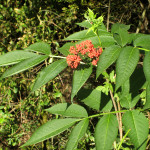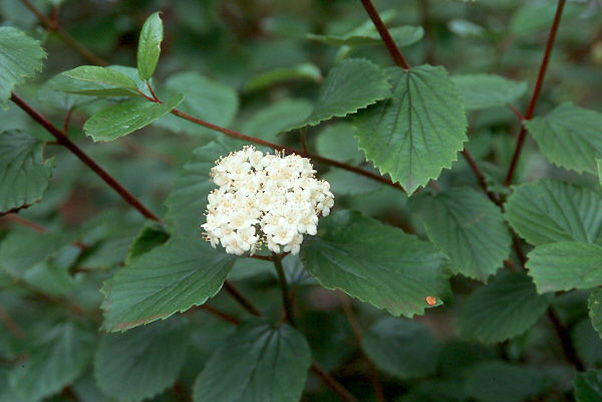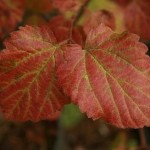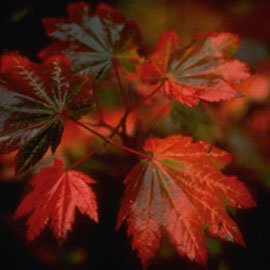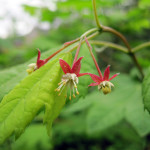Buckbrush (Ceanothus cuneatus) is a sun-loving evergreen shrub that provides year-round wildlife habitat. Clusters of small, fragrant, white to blue flowers cover the branches in late spring and early summer. They ripen into seeds in the fall which are eaten by birds and small mammals. Its dense, holly-like, evergreen foliage provides winter interest.
This shrub provides habitat for a wide range of animals. Hummingbirds, bees, and butterflies sip its nectar, and birds and small mammals eat its seeds. It is a host plant for caterpillars and beneficial insects, and its evergreen branches provide shelter for all.
Buckbrush is native to the mountains of the Pacific States, where it is found mainly on dry, sunny slopes. This shrub is both drought-tolerant and deer-resistant, making it a hardy addition to the landscape. Like many sun-lovers it will likely grow larger if planted in the shade, and stay more compact in the sun. Pair it with Tall Oregon grape and Oregon white oak for an oak-savanna garden!




